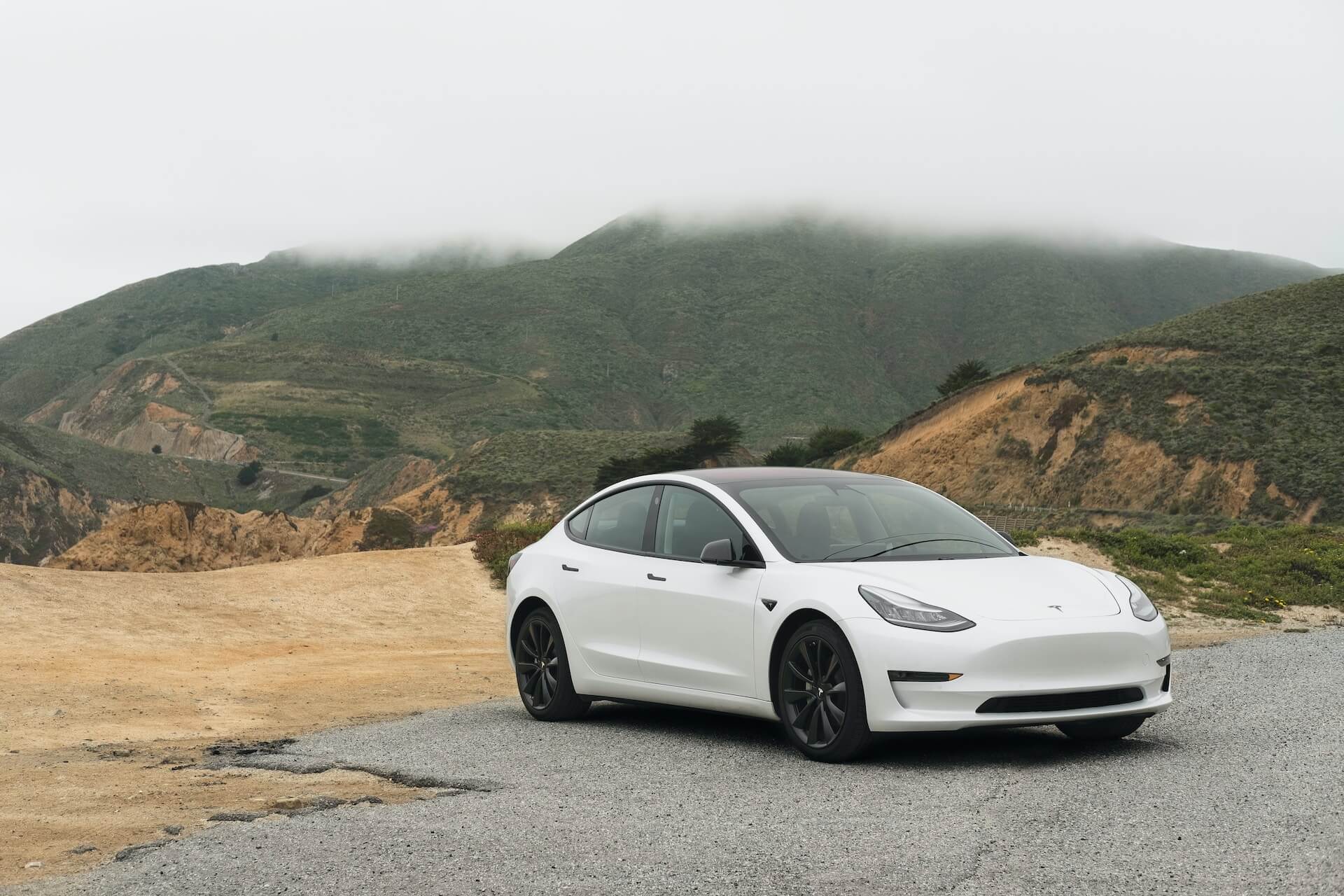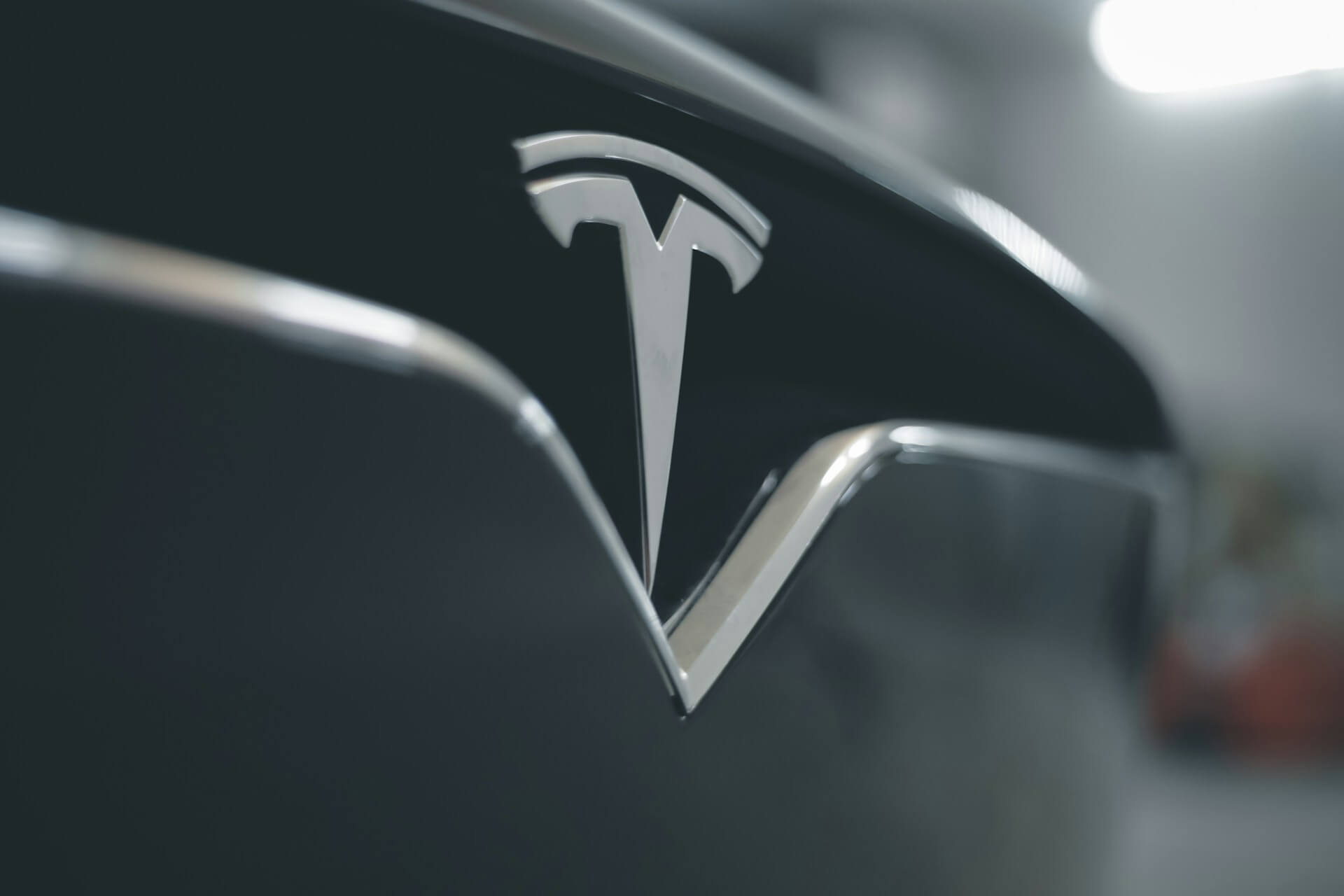The Future of Mobility: What lies ahead?
Nov 12, 2019

As an Amazon Associate, Modded gets commissions for purchases made through links in this post.
Ever since global leaders and activists started raising concerns regarding climate change, automotive giants realized the need to shift to ‘cleaner’ cars. For now, the question arises about traditional internal combustion engines, ‘why fix it, if it ain’t broke?’. No matter how much we deny this, the writing has been on the wall for a long-time – change your ways, or shut shop! Fossil fuel-powered cars have been targeted widely since they deploy the use of ever-diminishing natural resources, to power and mobilize the world. Call it Murphy’s Law or mere coincidence, but when the infamous ‘Dieselgate Scandal’, from the biggest automotive giant broke out, it took the world by storm. Traditional cars since have received flak for ‘polluting’ Mother Earth.
For now, it sounds easy, shift to electric cars and the world of mobility will be clean. However, there are a lot of concerns regarding Electric Vehicles as well. Electric Cars, or EV’s as they are commonly referred to, deploy Lithium-Ion batteries instead of Internal Combustion Engines. End Result? You supposedly get a mobility solution that is cheap, efficient and doesn’t emit poisonous gases from its tailpipe. That said, these Lithium-Ion batteries are recharged through, well, Electricity! And voila, we are back to square one. Cars aren’t polluting the roads, however, we are employing our diminishing natural resources like coal and water to power our cars, which is indirectly affecting the nature, or the Mother Earth.
Elon Musk and Tesla
When Elon Musk announced Electric mobility solutions through Tesla, everybody thought that it was the end of the age-old debate. Years later, as we realize, it was an impulsive verdict laid out by the general audiences, to fuel their fragile egos and not ditch the way we look at the future. For the numbers purists, the infrastructural cost of one tonne of Lithium is modest, however, it uses a lot of water – 500,000 gallons of it, to be very precise. A regular Tesla Model S has about 12 kilograms of Lithium in its battery. Not to mention the immense threat Lithium extraction poses to marine life and various other life forms dependant on it. Overall, EVs look clean and green, while they aren’t. Now comes the million-dollar question, what is the future of clean mobility?
Take a step back to the 19th century, and you’ll be hard-pressed to realize that the vision of clean mobility came up much before conventional vehicles were imagined. The year was 1801 when Humphry Davy first demonstrated the concept of a fuel cell. The practical applications of a fuel cell followed years later, and as of 2019, the US boasts of several manufacturers that offer fuel-cell-powered cars in their portfolios. To answer the curious souls, a fuel cell vehicle is an Electric vehicle but instead of lithium-ion batteries, it uses a fuel-cell. How is fuel-cell cleaner than the lithium-ion battery? Well, Fuel cells in vehicles generate electricity to power the motor, generally using oxygen from the air and compressed hydrogen.
Fuel-Cell-Power
The difference is clear, a fuel-cell-powered car is a safer and cleaner alternative to the Electric Vehicles that run on Lithium-Ion batteries. While there have been numerous incidents of people losing their lives in EV fires, fuel-cell vehicles have been free from any sort of controversy so far. The biggest challenge both the technologies face is infrastructure or the lack of it. While giants like Tesla have made great strides in popularizing EV’s, fuel-cell cars are still a niche. Companies like Toyota and Honda have made their fuel-cell cars available for sale, however, the lack of infrastructure and exposure has kept potential buyers at bay.
The debate is on, and with activists voicing their opinions against traditional ICE cars, manufacturers know the need of the hour. They have to innovate, rather than come up with a stop-gap arrangement for a while. Moreover, efficient transportation is further plagued with arising issues like lack of driver education, the profit-driven approach of manufacturers and no clear policies on the adoption of cleaner vehicles. However, the light at the end of the tunnel can be seen, many car manufacturers are relying on experimental tech to strengthen their EV and Fuel Cell portfolio.
With ties between Silicon Valley and Automotive Industry strengthening each day, expect all of it to become mainstream soon. When cleaner cars will be feasible and affordable, enforcement authorities will ensure educating the drivers will be the day when we will achieve the ultimate level of efficient and clean mobility.
The Future of Mobility
The bigger question that still lies ahead of us – what shall survive, EV’s or Fuel Cell Vehicles? What do you think about this? Let us know your views in the comments section?
Article Source: Carhp.com





